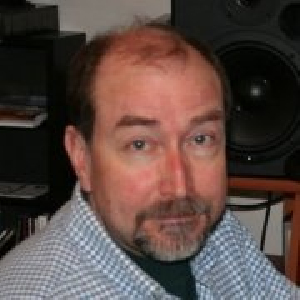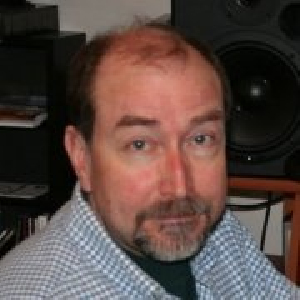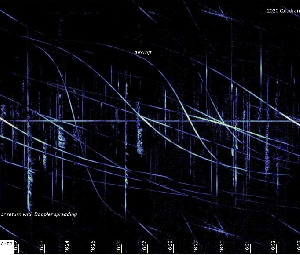About Paul Mohan
Growing up as a second generation engineer, I was fortunate to have been introduced to nature and science early in life. This lead to a career in the remote sensing R&D field with a company called ERIM in Ann Arbor, Michigan. Amateur astronomy was always an interest of mine, but the often cloudy weather from lake Michigan's effects made visual observing a challenge. In 2001 I began to explore radio meteor observing that used TV transmitter carrier signals reflected from meteor ionization trails. These reflections could be received and analyzed with a suitable radio system 100's of km away from the TV transmitter sites. The original analog TV stations were best suited for this, as they beamed 100kw of carrier energy that would intersect the zone of interest 80-120km above the Earth where meteor trails are present. The switch to digital TV transmission has now unfortunately severely curtailed this 'free' source of strong illumination that was so useful for radio meteor observation. Relatively few good RF sources remain for this fascinating method of observing and better understanding meteors and meteor storms - however, several institutions and universities have built specialized systems just for this purpose and their work is ongoing [e.g. BRAMS]. Locally, I am still able to collect useful meteor returns using available RF emitters of opportunity here in the upper Midwest.



